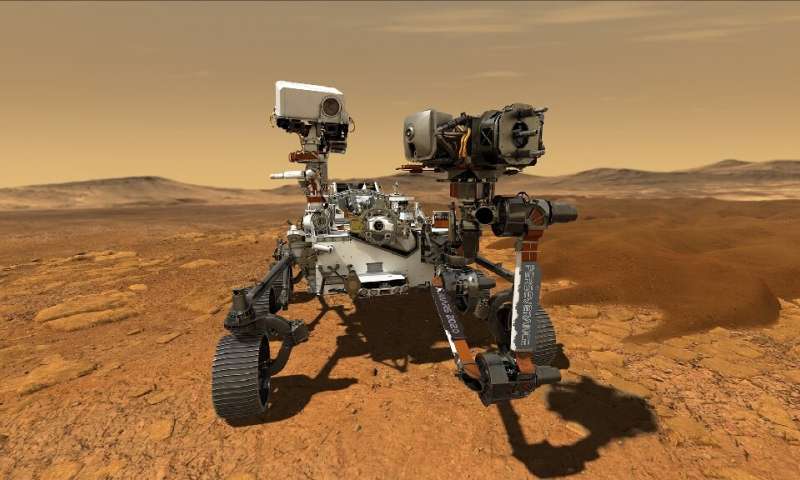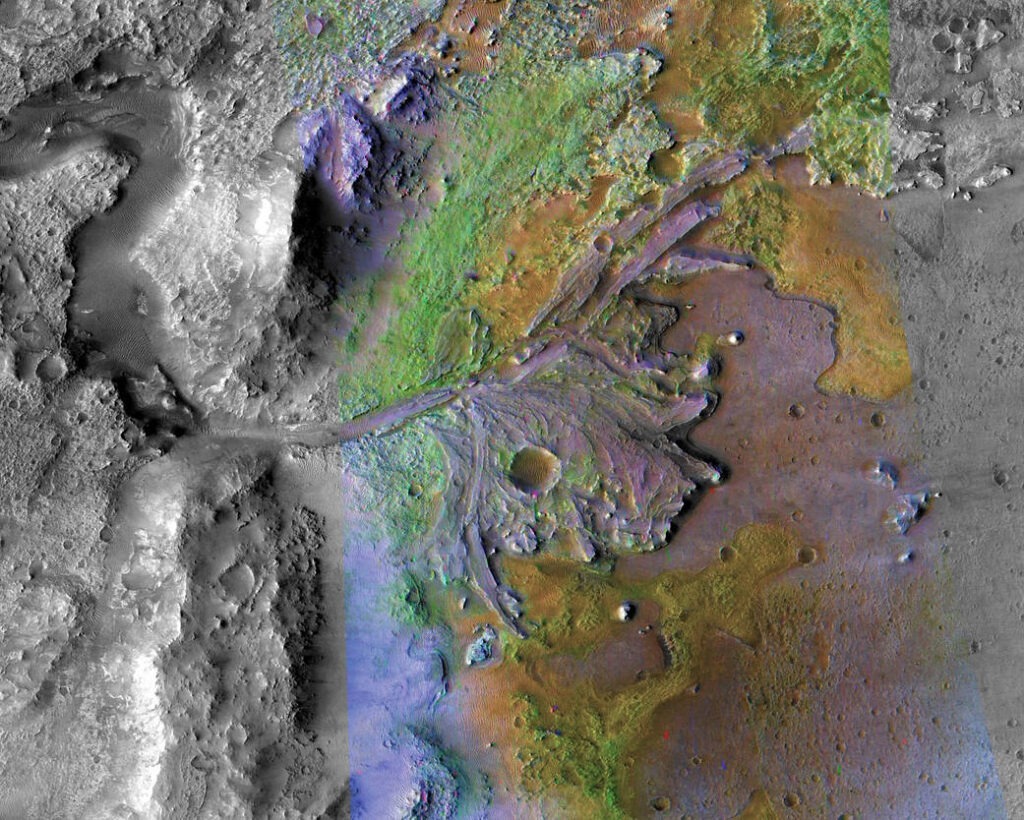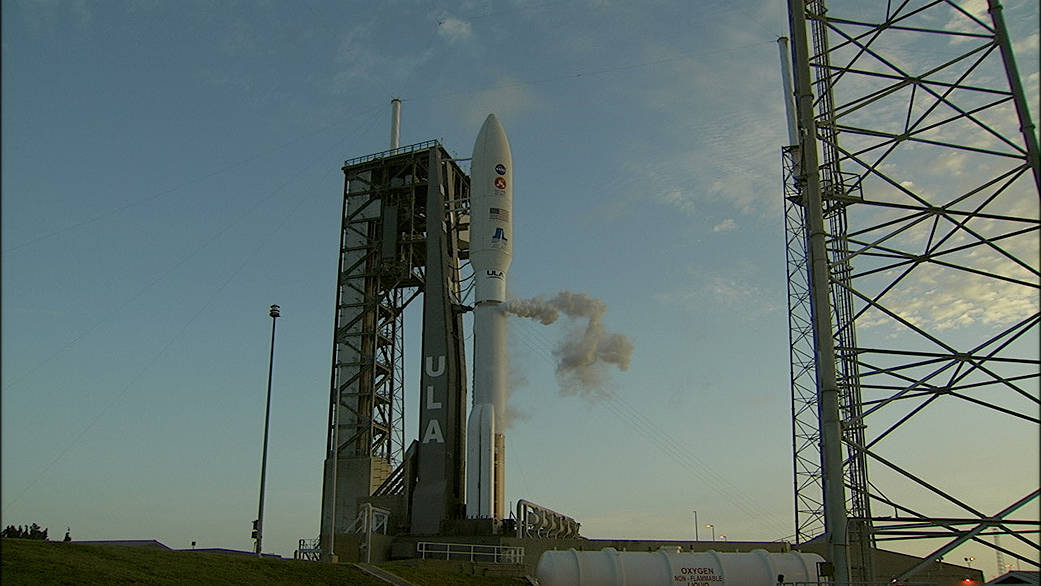UNITED STATES. Cape Canaveral, Florida. NASA’s Mars 2020 Perseverance rover lifted off successfully today July 30 at 7:50 am EST. The powerful rocket, United Launch Alliance Atlas V-541, blasted the rover into space. Perseverance will travel more than 482 million kilometres to reach Mars. The launch was smooth and glitch-free. Even an earthquake of 3.9 in California didn’t deter the Mars mission. It will take about seven months to travel to the Red Planet, expected to reach on 18 Feb 2021, and will land in Mars’ Jezero crater to search for signs of ancient life. This is the third launch to Mars after China’s rover orbiter and UAE’s orbiter launched last week.

Perseverance set to utilize unprecedented tools to search for signs of life
It took nearly five years for scientists to select the particular crater to land on. When it lands, Perseverance will perform a new task which previous explorers have not attempted: It will hunt for signs of life, collecting soil samples, and simultaneously deploy a miniature helicopter to survey the surface of Mars. It will collect important data about Mars’ geology and climate. Perseverance will be the first rover to bring a sample caching system to Mars to package samples for study on Earth.


Perseverance is carrying a helicopter, Ingenuity. This is the first time that a helicopter will fly in Mars’ thin atmosphere. It is quite small , measuring only 19 inches and weighing a mere 4 pounds (1.8kg). It is solar-powered and rechargeable. It is equipped with two cameras: one colour and one black and white. Its flight on the atmosphere of Mars will help future missions to survey the terrain from above.
Laying the groundwork for human exploration
Finally, the rover will test the oxygen production in the Martian atmosphere, which consists of 96% carbon dioxide. The new technology will be tested to convert carbon dioxide into oxygen. This mission and its findings will help lay the groundwork for human exploration of Mars and will improve designs for life support, transportation, and other important systems for living and working on Mars.




Finally curiosity got the partner on Mars.